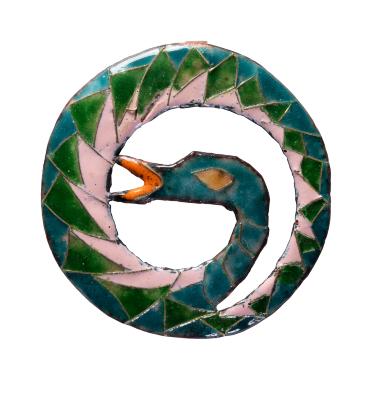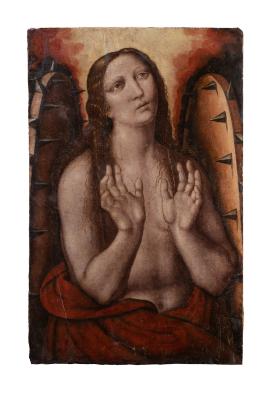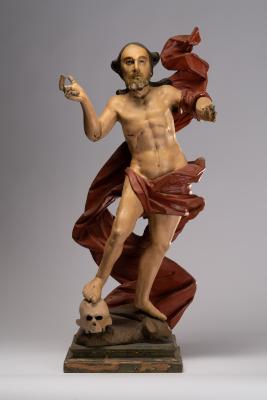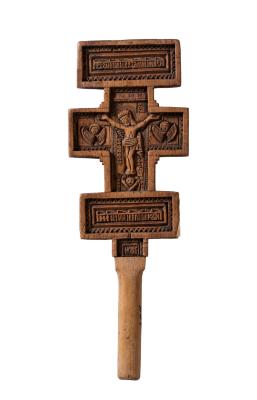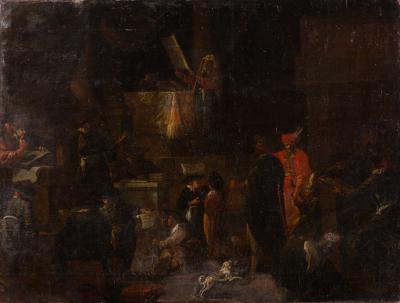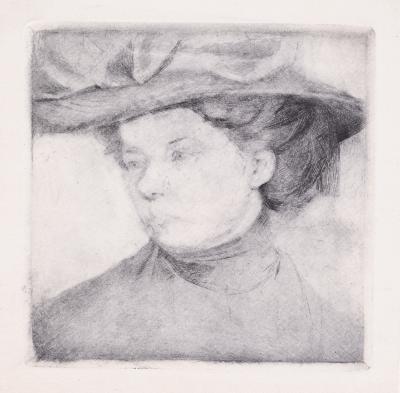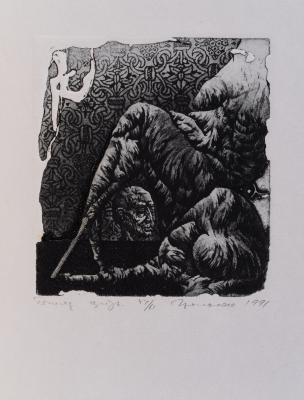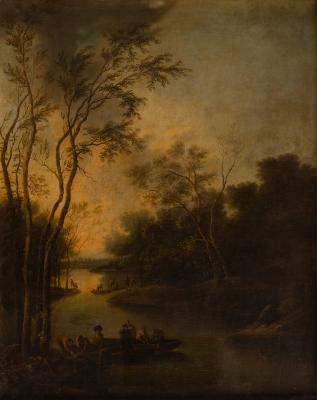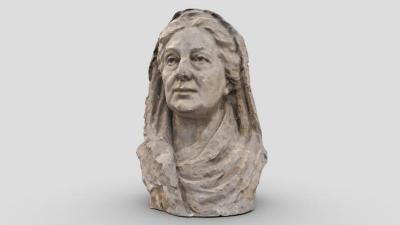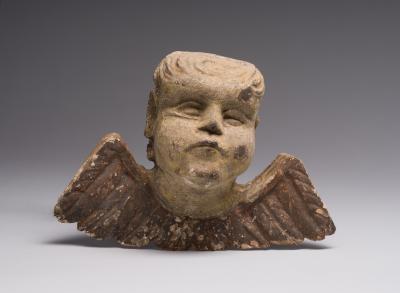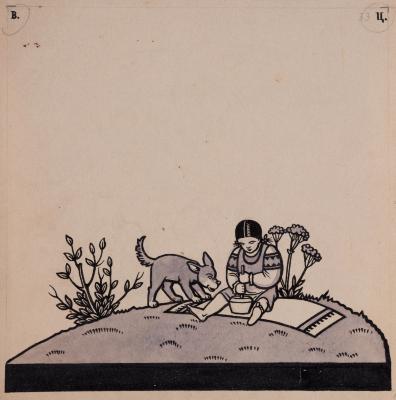Man and Woman from the Village of Lecce in the Province of L'Aquila in Upper Abruzzo
Bartolomeo Pinelli
- ID
- Г-IV-1761
- Author
- Bartolomeo Pinelli
- Name
- Man and Woman from the Village of Lecce in the Province of L'Aquila in Upper Abruzzo
- Date of creation
- 1816
- Technique
- etching watercolour
- Material
- paper
- Dimensions (height x width, cm)
- 10 x 16.3
- Type
- graphic art
- Genre
- genre art
- Provenance
- Collection of Faina Tarashchanska (Lviv), 1966






